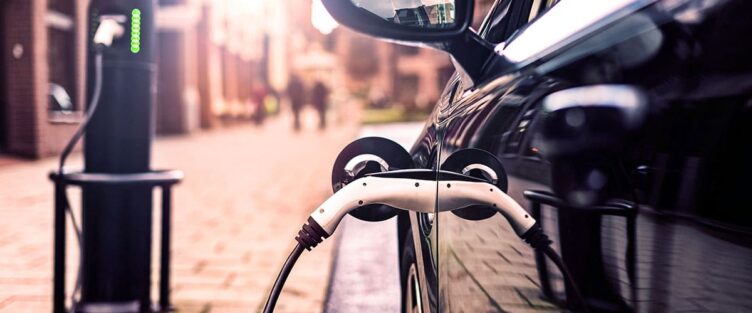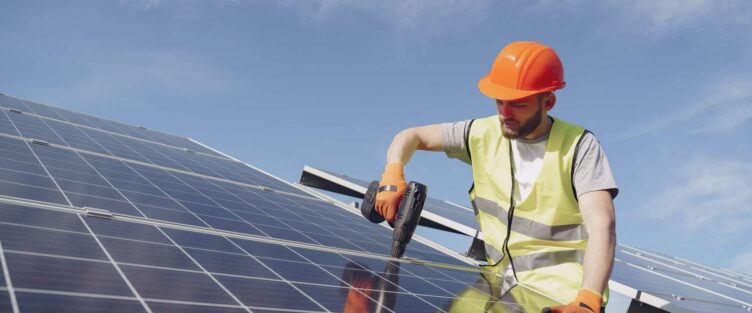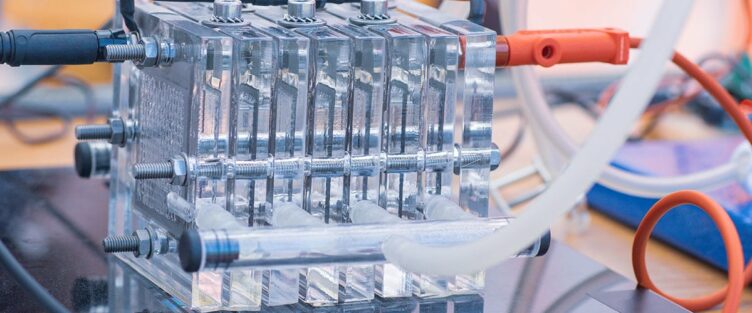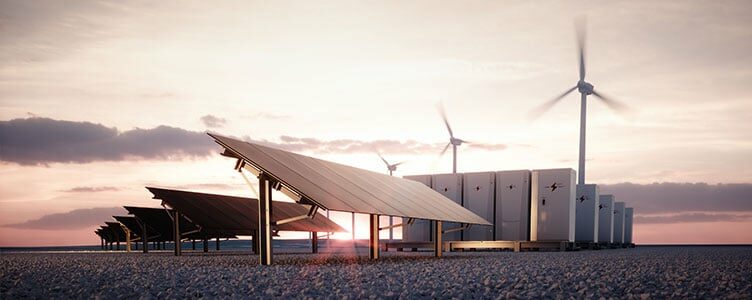
Electric vehicle battery technology – where are we now?
Although the concept of electric vehicles is not a new one, our understanding of the technology surrounding them and what makes for better, more sustainable, safer and higher performing vehicles is evolving all the time. Obviously, a key component of an electric vehicle (EV) is its battery – this is quite literally what powers the car – so constant development in this area is key in making EVs suitable for the mass market.
Here’s a quick look at where we currently are with electric vehicle battery technology – and where we ideally need to be.
Materials
Currently, the leading electric vehicle battery technology is lithium-ion. Early EVs ran on lead-acid batteries due to their high availability and low cost, but as they require frequent maintenance and have a short lifecycle, they are not sustainable as an option if EVs are going to tackle the mass market. In addition, in order to make a lead-acid battery-powered EV comparable with the range and performance of an ICE vehicle, the battery would have to take up 25-50% of the vehicle.
Lithium-ion batteries were originally developed for use in consumer electronics such as laptops. They combine high energy density with a relatively long life cycle, and are relatively low profile compared to the alternatives. There have been previous challenges with li-ion batteries surrounding their response to high temperatures, and the risk of thermal runaway – but more recently, EV battery manufacturers have been working with variations on li-ion such as phosphates, titanates and spinels, that sacrifice specific power (Wh/kg) and specific energy (W/kg) in favour of providing more sustainable features – fire resistance, ecological efficiency, rapid charging and longer lifespans.
Environmental impact
Despite the impetus behind the move to electric vehicles being the environmental gains, there is still some concern around the products and byproducts of their manufacture and the impact of those. In 10-15 years, with increased numbers of EVs on the roads, many EV batteries will be coming to the end of their useful lifecycle and will be ready to be replaced. This means that the old li-ion battery will need to be disposed over. Currently, it’s estimated that just 5% of li-ion batteries are recycled – and in some countries, it’s even less. Much of the substance that’s recovered when recycling a battery is what’s known as black mass – a mixture of lithium, manganese, cobalt and nickel – that needs energy-intensive processing to become usable again. It’s vital that manufacturers and the industry, in general, consider how to improve the recyclability of li-ion batteries.
Extending the useful lifecycle of EV batteries
Though li-ion EV batteries tend to have longer lifecycles when compared with alternatives, the lifecycle is still a challenge. EV batteries are reportedly designed to last for around 1500-2000 discharge cycles. Depending on the usage of the vehicle, this could represent anything from 10 to 20 years. Rapid charging, while a convenient concept during day-to-day use, can affect the overall lifecycle and the range that you get from the vehicle over time.
For that reason, it’s important to consider ways in which we can extend the useful life of EV batteries so that things like rapid charging can still be used without having long term effects.
Compression pads can be used to apply physical pressure on the battery pack whilst maintaining thermal and electrical connections, allowing for tolerance and expansion during charging and discharging, or when exposed to external factors such as high temperatures.
Elmelin EV battery solutions
We’re working closely with manufacturers in the battery and automotive markets to develop solutions that will help to improve the lifecycle, efficiency and performance of EV batteries. If you’d like to find out more, get in touch.
We will also be exhibiting at the Cenex-LCV 2021 event, 22nd-23rd September, at Millbrook Proving Ground – showcasing our latest innovations in insulation for automotive and battery technology. Find out more here.








